The botanical world is full of wonders, but few are as bizarre—or as malodorous—as the corpse flower. Known scientifically as Amorphophallus titanum, this plant has earned its grim nickname by emitting a stench reminiscent of rotting flesh. While most flowers rely on sweet fragrances to attract bees and butterflies, the corpse flower takes a radically different approach. Its putrid odor is a masterstroke of evolutionary adaptation, designed to lure an entirely different set of pollinators: carrion-loving flies and beetles.
Native to the rainforests of Sumatra, the corpse flower is a rare and enigmatic species. It blooms infrequently, sometimes taking seven to ten years between flowering events. When it finally does, the spectacle is as unforgettable as it is repulsive. The plant’s enormous spathe unfurls to reveal a deep maroon interior, while its spadix heats up, enhancing the spread of its foul aroma. This combination of visual mimicry and olfactory deception is nature’s way of ensuring survival in a competitive ecosystem.
What makes the corpse flower’s strategy so fascinating is its reverse psychology of pollination. Most flowers advertise their nectar with bright colors and sweet scents, but the corpse flower does the opposite. It mimics the appearance and smell of decaying organic matter, effectively tricking flies and beetles into thinking they’ve found a meal or a place to lay their eggs. As these insects crawl over the flower, they inadvertently pick up or deposit pollen, facilitating cross-pollination. It’s a dirty job, but for the corpse flower, it’s the key to reproduction.
The science behind this stinky phenomenon is equally intriguing. Researchers have identified the primary compounds responsible for the corpse flower’s signature stench: dimethyl disulfide and dimethyl trisulfide, both of which are also found in decomposing animals. The flower’s ability to produce these chemicals at precise concentrations—and to time their release with the activity patterns of its target pollinators—demonstrates a sophisticated level of biological precision. This isn’t just random rot; it’s a finely tuned survival mechanism.
Beyond its ecological significance, the corpse flower has captured public imagination in ways few plants do. When one blooms in a botanical garden, it often makes headlines, drawing crowds of curious onlookers willing to brave the smell for a glimpse of this natural oddity. The flower’s rarity and unpredictability only add to its mystique, turning each blooming event into a minor cultural phenomenon. In an age where so much of nature feels predictable or tamed, the corpse flower remains stubbornly wild and untamed.
Yet, the corpse flower’s survival is far from guaranteed. Habitat destruction in Sumatra threatens its natural environment, and its specialized reproductive strategy makes it vulnerable to ecological disruptions. Conservation efforts are underway, but the plant’s slow growth and infrequent blooming cycles complicate these initiatives. The very traits that make the corpse flower so unique also make it exceptionally difficult to protect.
In the end, the corpse flower stands as a testament to nature’s creativity. It challenges our assumptions about beauty and function, proving that even the most off-putting adaptations can be brilliant in their own right. While we might wrinkle our noses at its smell, we can’t help but marvel at the ingenuity behind it. The corpse flower doesn’t just survive—it thrives by breaking all the rules, one putrid bloom at a time.
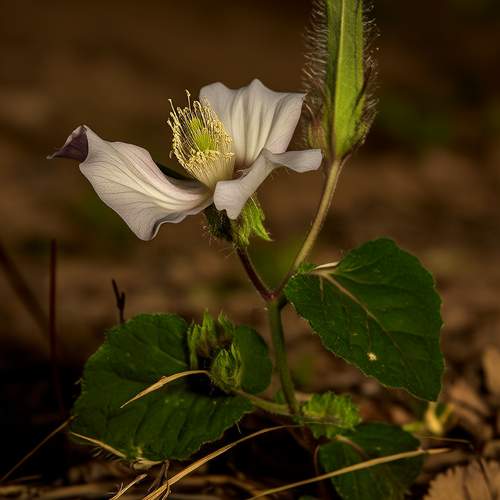
By /May 21, 2025

By /May 21, 2025
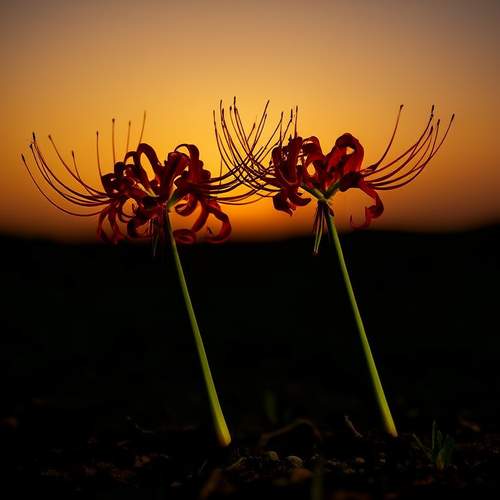
By /May 21, 2025
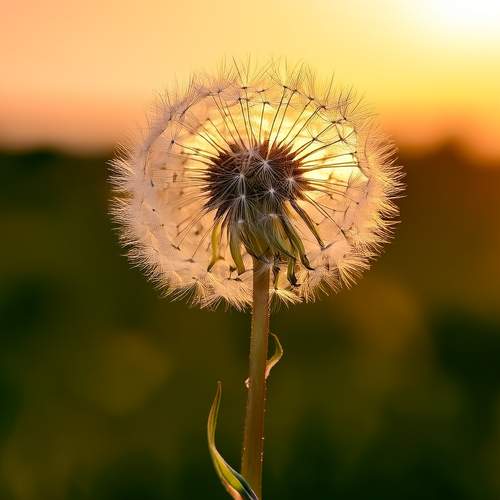
By /May 21, 2025
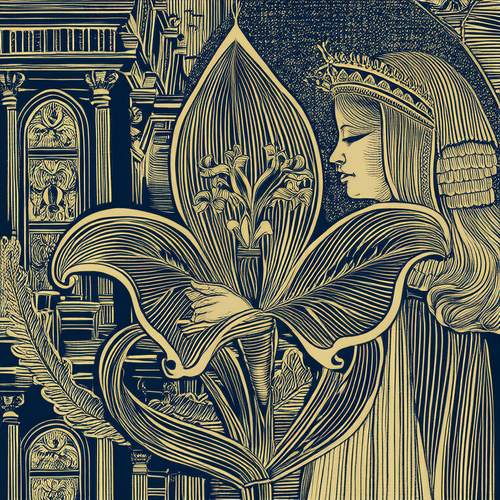
By /May 21, 2025
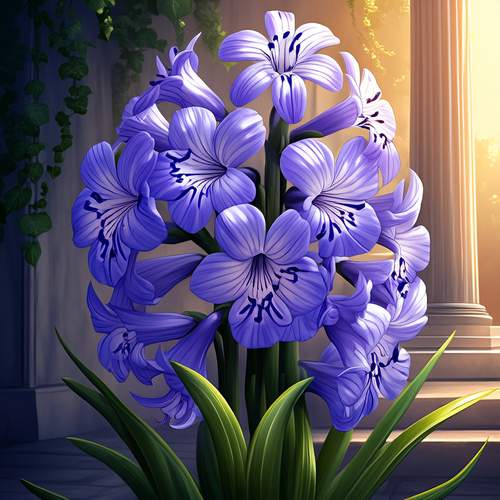
By /May 21, 2025

By /May 21, 2025
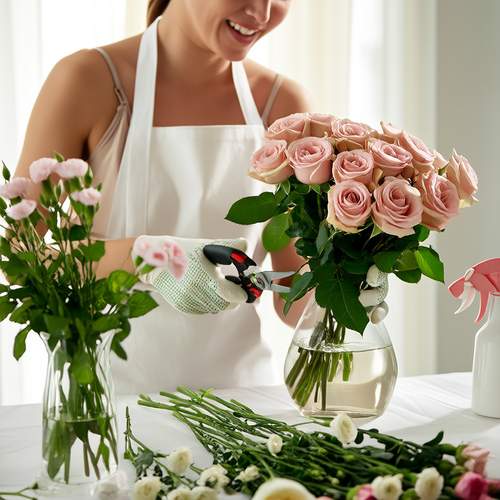
By /May 21, 2025
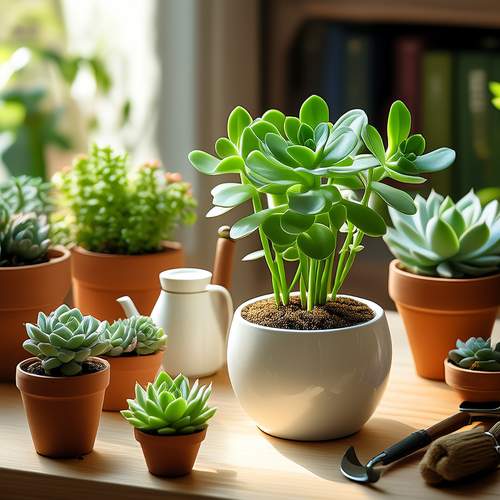
By /May 21, 2025
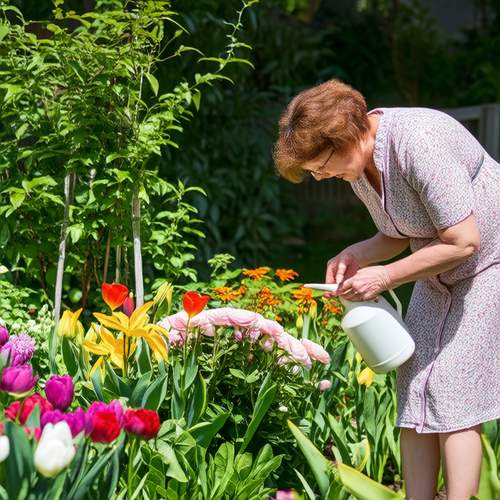
By /May 21, 2025
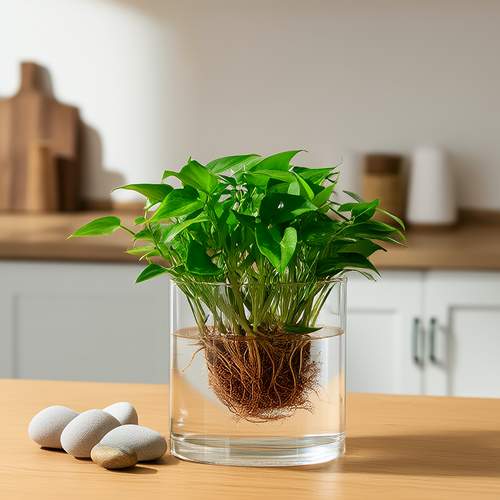
By /May 21, 2025
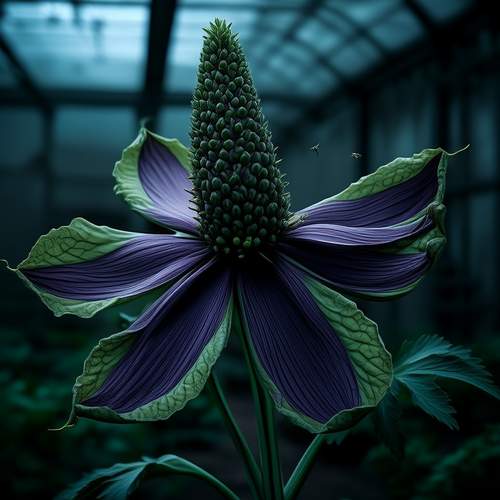
By /May 21, 2025
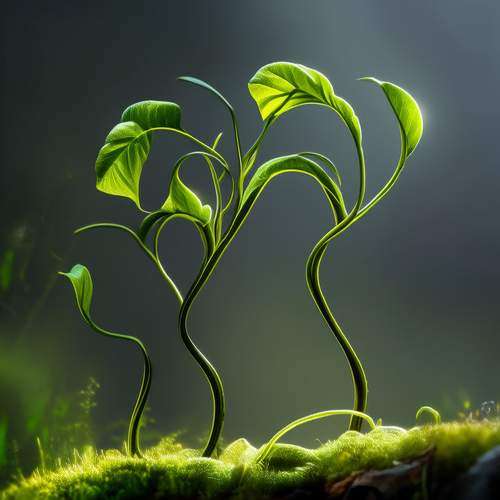
By /May 21, 2025

By /May 21, 2025
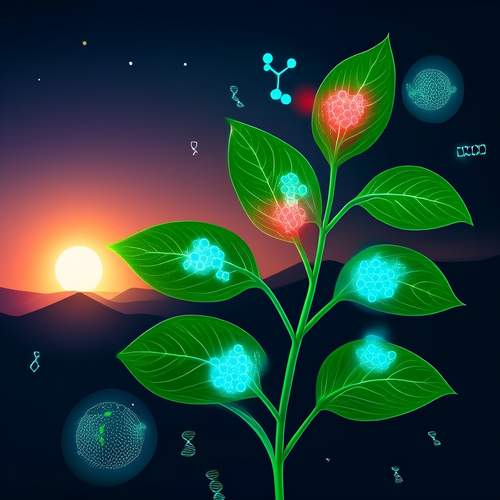
By /May 21, 2025
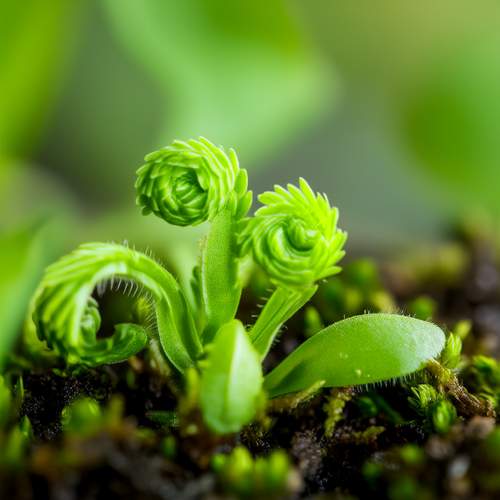
By /May 21, 2025
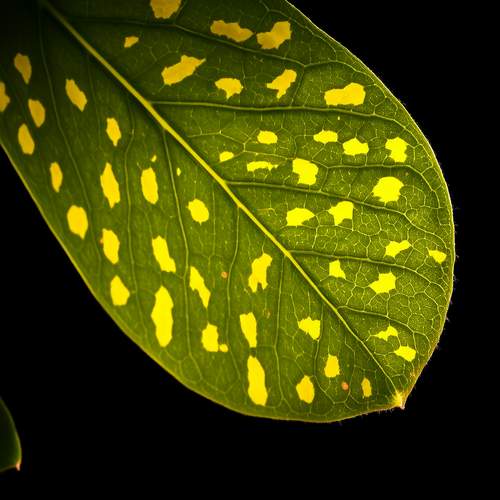
By /May 21, 2025
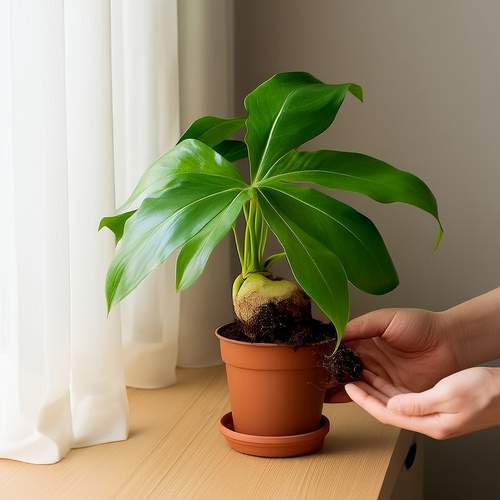
By /May 21, 2025
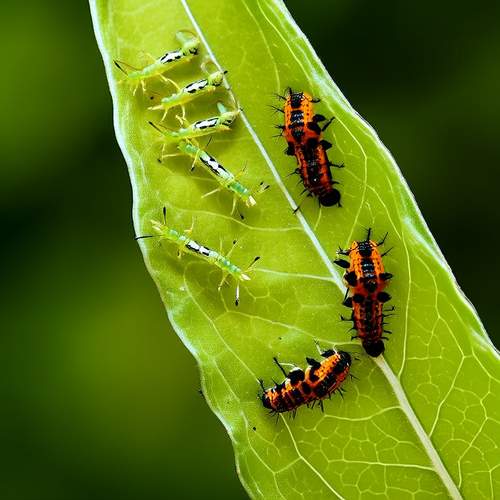
By /May 21, 2025
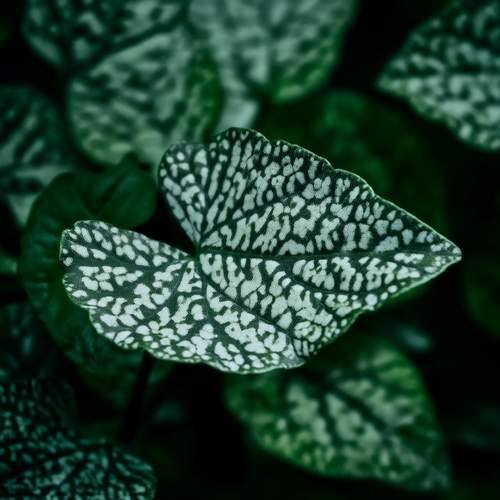
By /May 21, 2025